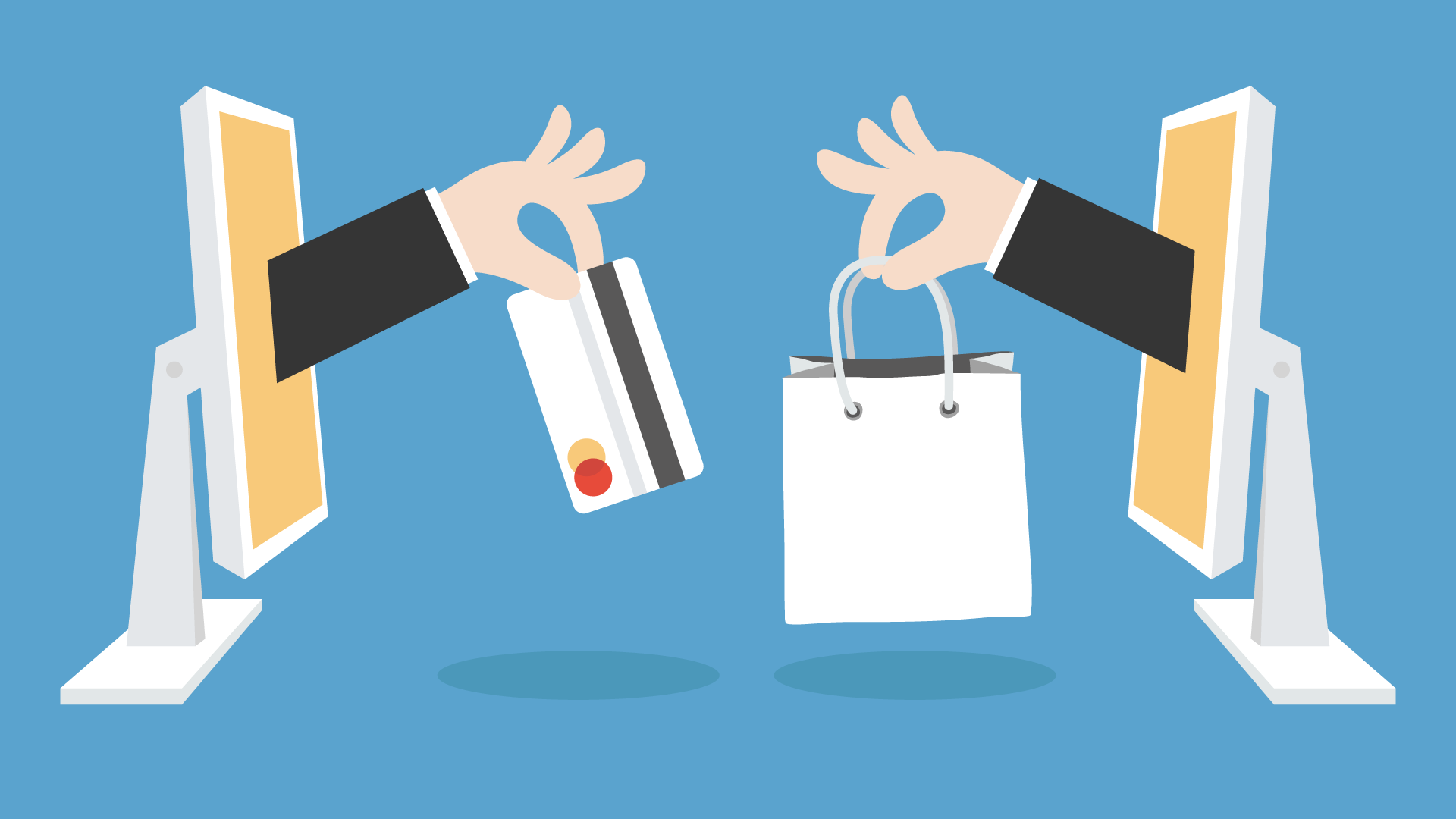Comprehending Why This Digital Shopping Pattern Is Transforming Retail and What Products You Can Buy and Market in Today's Market
The electronic purchasing pattern is not just a passing phase; it represents a basic change in customer actions and retail dynamics. Elements such as boosted ease, an expansive item option, and the impact of data-driven customization are reshaping exactly how customers involve with brands. As traditional retail faces unmatched challenges, specific product classifications are witnessing a surge sought after, indicating a change in consumer priorities. Comprehending these adjustments can offer beneficial insights for both purchasers and vendors, leading the way for strategic chances that might redefine success in the retail landscape. What effects might this hold for the future?
Elements Driving Digital Buying
The fast expansion of digital shopping is primarily driven by a number of vital variables that reverberate with modern-day consumer actions. The ease of online buying enables customers to browse and purchase items from the convenience of their homes, removing the need for lengthy journeys to physical shops. This accessibility is further enhanced by the spreading of smartphones and mobile applications, enabling seamless shopping experiences on-the-go.

Customers are offered with tailored referrals, boosting engagement and enhancing the chance of purchases. Developing payment remedies, such as digital budgets and buy-now-pay-later choices, have simplified purchases, making online shopping a lot more appealing.
Effect on Standard Retail
Considerable changes in consumer habits driven by the increase of digital shopping have greatly impacted standard retail procedures. As consumers progressively prefer the benefit and efficiency of online systems, brick-and-mortar stores face placing pressure to adjust. This shift has resulted in decreasing foot website traffic, prompting numerous retailers to reassess their techniques and enhance their in-store experiences.
Standard stores are now obliged to incorporate omnichannel techniques, combining physical and electronic purchasing experiences to fulfill advancing consumer expectations. The importance of a smooth shift in between online browsing and in-store buying is crucial for preserving consumer commitment. Additionally, retailers are leveraging innovation to customize marketing initiatives, using information analytics to predict consumer choices and tailor offerings accordingly.
The influence on inventory management has actually likewise been considerable, as stores change their stock degrees to accommodate the change in demand in between online and in-store sales. This vibrant needs enhanced logistical abilities and an extra dexterous supply chain to react successfully to real-time consumer behavior. Ultimately, the advancement produced by digital purchasing fads demands a reevaluation of conventional retail frameworks, engaging companies to innovate and remain affordable in a progressively electronic marketplace.
Popular Products sought after
In the middle of the shift towards electronic shopping, certain item classifications have actually surged in popularity, showing transforming customer preferences. Electronic devices, especially wise home gadgets and wearables, have actually become staples as customers seek improved benefit and connectivity. The pandemic accelerated the visit this page need for office equipment, resulting in increased sales of ergonomic furnishings and productivity tools.
Health and wellness items are likewise in high need, with customers focusing on personal health. Supplements, physical fitness devices, and mindfulness-related items have actually gained grip, driven by a growing understanding of health. Additionally, the elegance and skincare sector has seen a significant rise, pushed by the rise in on-line appeal tutorials and the need for self-care.
Sustainable and eco-friendly items are recording the attention of ecologically aware customers (Ecommerce). Products you could try these out such as recyclable bags, biodegradable packaging, and morally sourced products are progressively prominent, as buyers look for to align their purchases with their worths
Techniques for Sellers
Leveraging digital systems properly is important for vendors intending to grow in the progressing retail landscape. Primarily, sellers need to optimize their on the internet existence through an user-friendly website and energetic interaction on social media channels. Top quality visuals and clear item summaries enhance customer experience and encourage conversions.

In addition, sellers should think about expanding their product offerings to cater to varying other consumer choices. This not just alleviates risk however additionally catches a wider target market. Implementing efficient stock monitoring strategies guarantees that prominent things are constantly in stock, enhancing client contentment.
Moreover, cultivating excellent customer care can develop brand loyalty and motivate repeat organization. Engaging with customers through reviews and comments can likewise fine-tune item offerings and marketing techniques.
Future Patterns in Ecommerce
As the digital landscape remains to develop, the future of ecommerce is positioned for transformative changes driven by technical advancements and transforming customer behaviors. One of the most considerable trends is the integration of expert system (AI), which enhances tailored purchasing experiences by assessing customer data to predict preferences and advise items. This customization not only boosts consumer satisfaction yet likewise enhances conversion prices.
Additionally, the surge of social commerce is improving exactly how brands engage with consumers. Systems like Instagram and TikTok are ending up being crucial sales networks, allowing customers to acquire items perfectly within their social media feeds. This fad is additional enhanced by influencer marketing, which leverages trust fund and link to drive sales.
Additionally, sustainability is progressively influencing investing in choices, with consumers preferring brands that show eco-friendly techniques. E-commerce organizations are responding by taking on sustainable packaging and promoting honest sourcing.
Conclusion
In conclusion, the digital shopping trend is essentially changing the retail landscape by boosting convenience and personalization for customers. Future fads in e-commerce will likely continue to shape consumer habits and retail methods, further solidifying the importance of electronic buying in the sector.